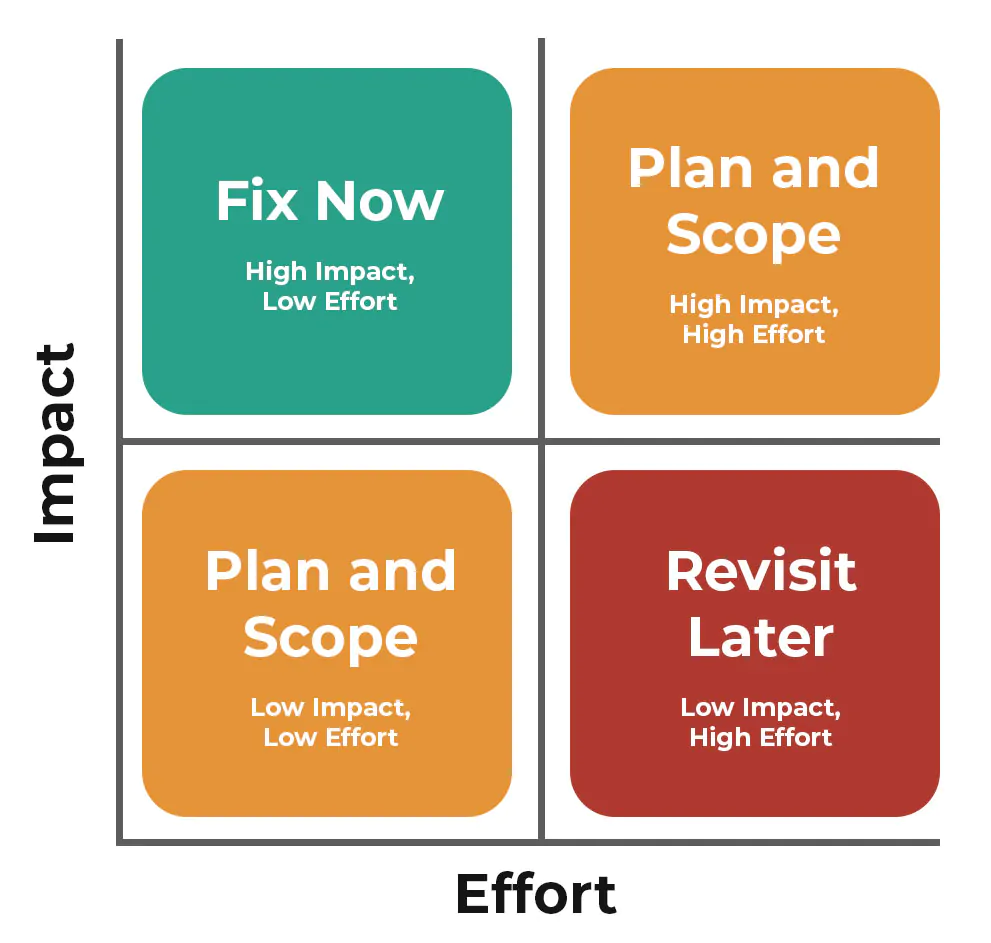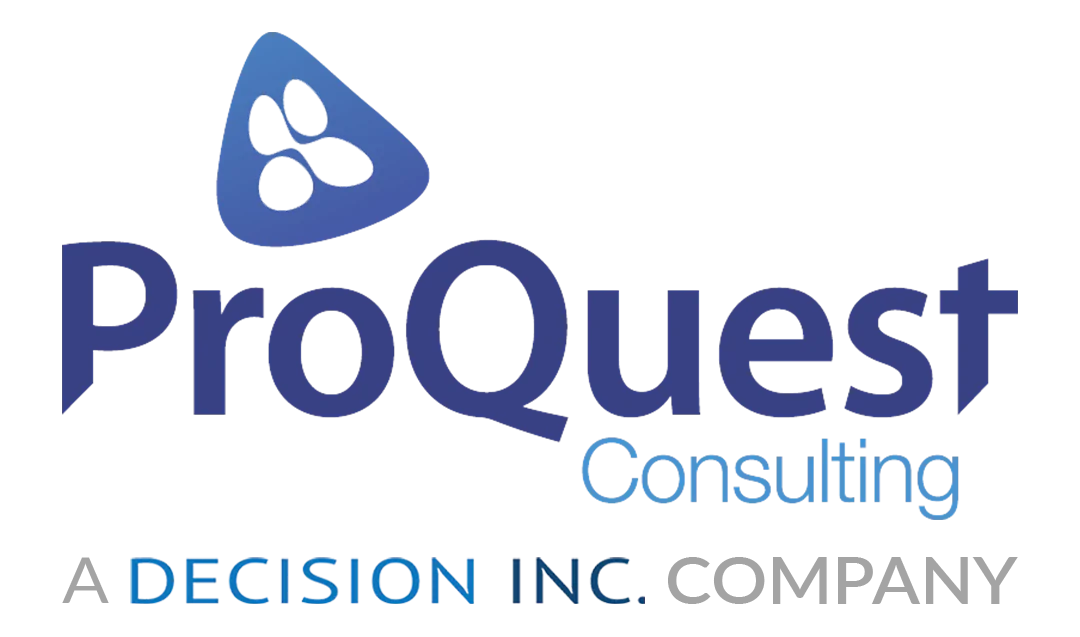
Your business has grown. But has your Salesforce setup kept up?
As your business grows, it is natural for pressure to build on your systems and processes. Salesforce is designed to scale, but only if the platform evolves with your business. When it doesn't, things start to feel harder than they should.
At ProQuest, we’ve worked with many organisations whose Salesforce platforms no longer reflected how their business operated. What started as a solid implementation often needed to be reconfigured to keep pace with the way the business had evolved.
If you're seeing signs of strain, it doesn’t mean Salesforce is no longer the right platform. It’s often a sign that your current setup hasn’t kept pace with your growth.
Common Signs Your Salesforce Platform Is No Longer Aligned
It’s not always obvious that your platform is holding you back. But over time, certain signs begin to appear. These are some of the most common indicators that your Salesforce setup needs attention:
- Manual workarounds are becoming the norm: Teams rely on spreadsheets or off-platform tools to get work done, often because processes are too rigid or data is unreliable.
- Reporting is inconsistent or limited: Dashboards and reports don’t reflect real business performance, or take too long to generate and interpret.
- Onboarding takes too long: It takes too long to bring new users up to speed.
- Changes are too complex: making system updates is harder than it should be.
- Adoption is dropping: Users are frustrated, and usage across teams is uneven or declining.
- Customer data is scattered or siloed: Different teams have different views of the customer, making it difficult to deliver a consistent, connected experience.
Salesforce itself doesn’t cause these issues, but a setup that hasn’t evolved to match the way your business now operates. These signs may seem manageable at first, but over time, they lead to deeper problems that affect how your business performs, scales and serves its customers.
The Risk of Leaving It As Is
When your Salesforce platform is no longer aligned with how your business operates, the risks are serious, and they compound over time. What starts as a few minor frustrations can escalate into real financial and operational damage, leading to serious impacts on performance, customer trust and the ability to scale effectively.
Here is what is at stake:
- Bad data leads to bad decisions: If your reports are unreliable, leadership starts making strategic calls based on guesswork. This can result in missed revenue, flawed forecasts and high-cost decisions made without the right insight.
- Your people are wasting time on the wrong work: Manual processes and workarounds consume hours that should be spent selling, serving or solving real problems. Over time, this kills productivity, burns out your best talent and drives up your cost to serve.
- Customers notice, and they leave: Disconnected systems and inconsistent service do not just frustrate your team. They frustrate your customers. Trust erodes, loyalty drops and they move on to a provider who can deliver a better experience.
- The platform becomes a liability, not an asset: When teams stop using Salesforce properly, data quality falls apart. Insight disappears, and your most valuable technology investment becomes something people actively avoid.
- Growth slows, and risk increases: Launching new products, expanding into new markets or responding to change becomes difficult and expensive. Instead of enabling growth, your platform starts blocking it.
These are not IT issues. These are business-critical risks that impact performance, profit and competitive edge. And the longer they are left unaddressed, the harder they are to fix.
What You Can Do Next
You do not need to rebuild everything from scratch. The strength of Salesforce is its ability to evolve, but that evolution needs to be intentional. If your platform is no longer keeping up with your business, it is time to step back and reassess.
Here’s a simple, practical way to get started:
✅ Step 1: Book an internal session
Pull together a small group of stakeholders from sales, service, operations and IT. Set aside 60 to 90 minutes to align on how the platform is performing today.
✅ Step 2: Identify where Salesforce is falling short
Start by asking targeted questions with your core team:
- Where are we falling short of customer expectations?
- Where are teams relying on spreadsheets or workarounds instead of using Salesforce?
- Are reports incomplete, inaccurate or too slow to generate?
- What is making it difficult or slow to onboard new users?
- Are there parts of Salesforce that are underused or avoided by teams?
- Where do we struggle to make changes quickly or safely within the platform?
- Is customer data duplicated, missing or siloed across departments?
To support your findings, look at these for better clarity:
- Platform Login frequency and user activity
- Dashboard and report usage
- Flow and automation errors
- Data quality issues like duplicates or gaps
- Time required to onboard and train new users
- Feedback from users and customers on how to deliver a better experience
- Effect on Productivity and ROI
Together, these insights will give you a clearer picture of where your setup is falling short and why, setting you up for a more focused fix in the next step.
✅ Step 3: Define your goals and prioritise what to fix
Now that you have a clearer view of what is not working, step back and align on what you are trying to achieve.
Start by listing your key business goals over the next 6-12 months. For example:
- Improve sales forecasting
- Deliver faster, more consistent customer service
- Launch a new product or enter a new market
- Reduce onboarding time for new users
- Increase automation and reduce manual work
Then, map these goals against what your Salesforce setup currently supports and where the gaps are. Once you have that, start separating the issues into:
- Fix now: high impact quick wins that will reduce friction immediately
- Plan and scope: larger process or data model changes that need proper design
- Revisit later: low impact or low priority improvements for future phases

This approach gives you a clear path forward without becoming overwhelmed. It ensures every change you make is tied to real business value.
✅ Step 4: Build your action plan and timeline
Turn your priorities into a clear, phased plan. Assign owners, define success measures and map out realistic timelines based on your team’s capacity.
- Start with the Fix now items. These quick wins will restore value and build momentum
- Sequence the Plan and scope items into manageable phases
- Define what success looks like for each change
- Assign owners and confirm the resources needed
- Share the plan with leadership to ensure alignment and support
You can use this guide:
| Goal | What Success Looks Like | Timeline | Owner |
A focused plan helps maintain momentum and keeps everyone moving in the same direction.
✅ Step 5: Get started
You have the insights. You have a plan. Now it is time to take action. If your team is ready to move ahead internally, start with one or two changes that will deliver immediate impact.
But if you are not confident navigating these areas internally, this is where the right partner can make a real difference.
ProQuest brings the strategy, technical expertise and industry experience to help you make meaningful progress. As Australia’s number one Salesforce partner for field service and customer service, and with the added strength of Agentforce, we help businesses realign and scale their Salesforce platforms with clarity, confidence and speed.
Whether you need a fresh perspective, a targeted review or a complete realignment, we are here to help. Our Salesforce Health Check Accelerator is a practical way to get started. It helps you uncover what is working, what is not and where to focus next, all with clear recommendations from our expert team.
Get in touch to book your Health Check or have a conversation about where your platform stands today.











